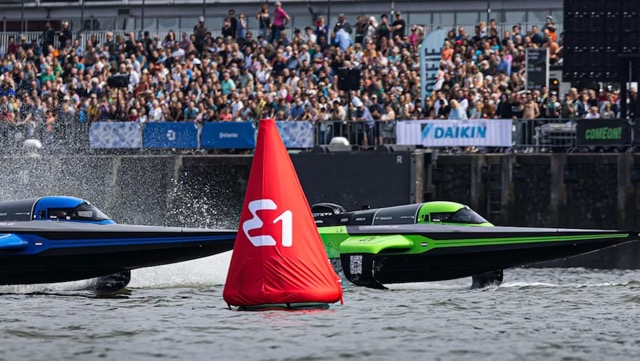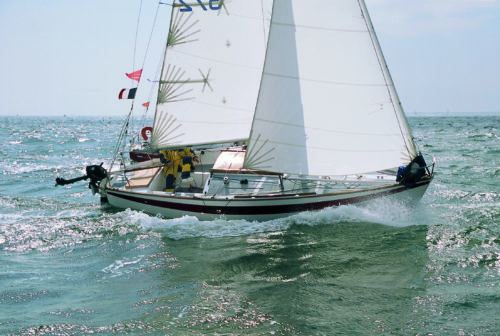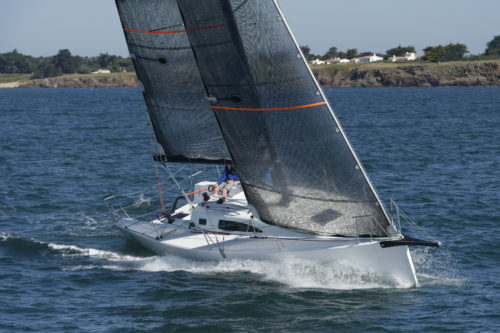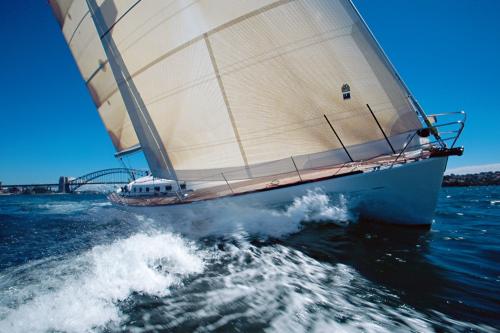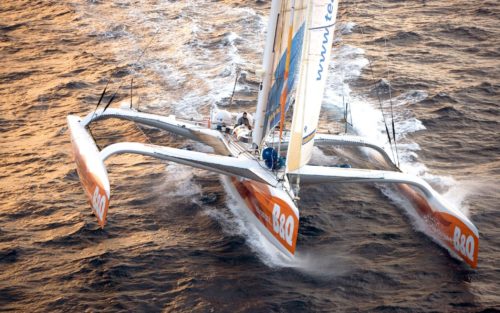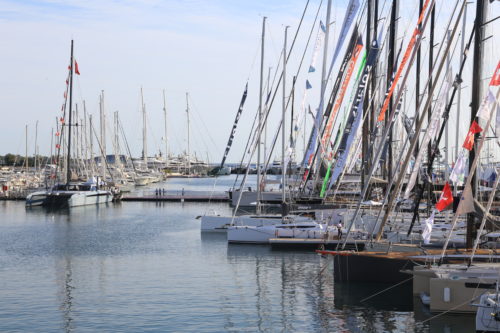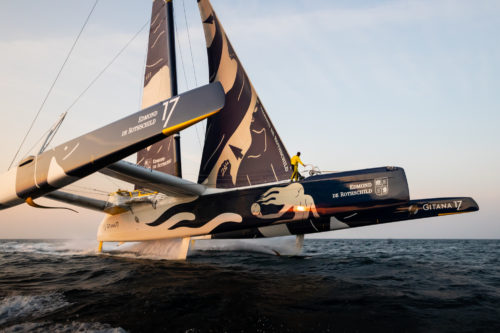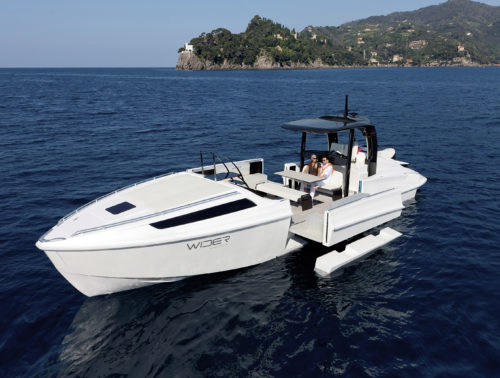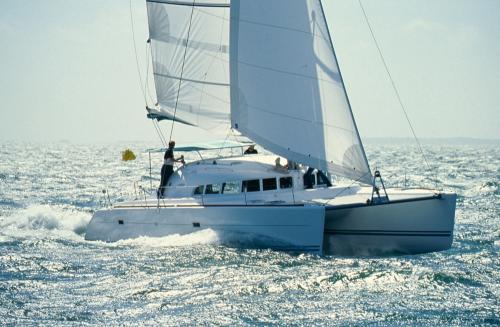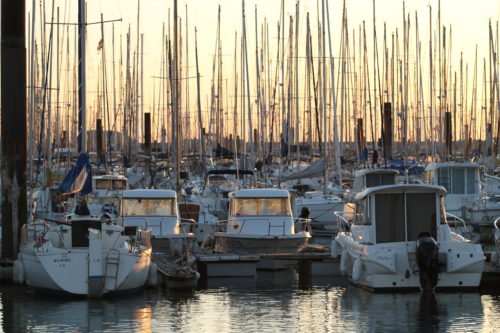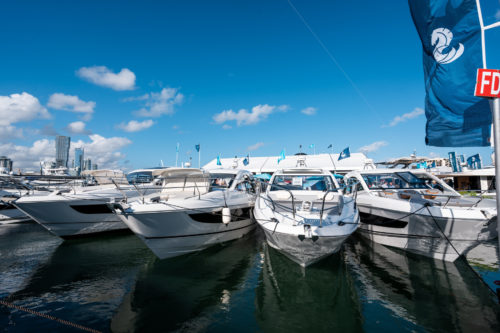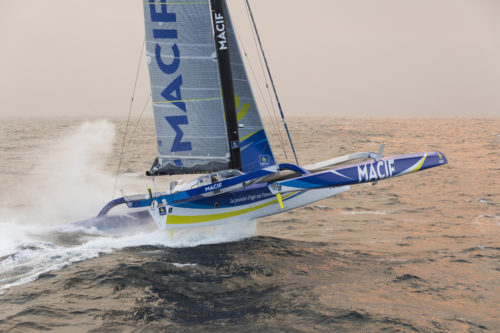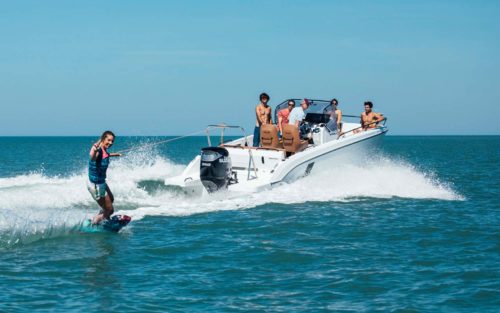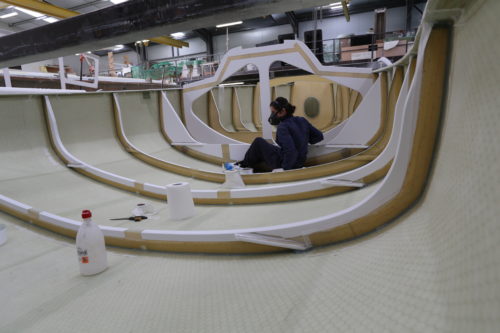Competition: the end of an era
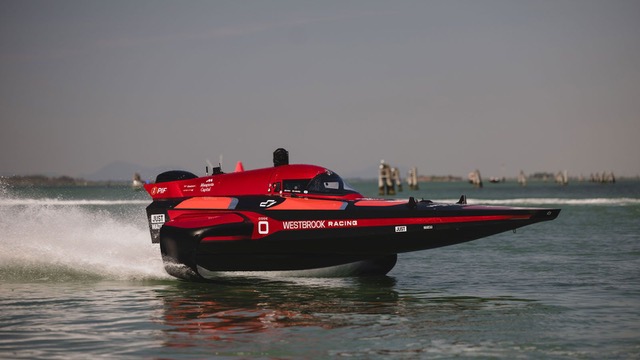
This is particularly true in France, which is a global industrial champion in the recreational boat sector, but less focused on powerboating racing, contrasting with its longstanding excellence in international sailing competitions.
Many factors combined to trigger a gradual decline in public interest in powerboat racing from the late 1980s. In the 1960s and 1970s, the large crowds gathering on the riverbanks in Paris for the Six Hours races, or in Rouen, for the 24 Hours event, discovered a motorsport that was more accessible than track-based car racing, which you had to pay to watch. The boats were fast and the spectacle was free, like watching a rally or the Tour de France pass by from the roadside. In this pioneering era with the development of recreational motorboating, builders were typically craftsmen working with their families and often racing their own creations. However, the inherent dangers of unpredictable water conditions took a heavy toll, claiming many lives and eventually driving mainstream media, despite their constant search for sensational stories, to distance themselves from these events. On the technical front, the rivalry between inboard and outboard engines had yet been decided either way through to the 1970s. Once outboards emerged as the clear winners in the high-speed, endurance circuit racing categories, the industrial battle between engine manufacturers led to a standardization, which benefited Mercury. In the 1980s, the French yards Jeanneau and Bénéteau entered the fray, looking to establish their emerging brand images in the high-performance recreational boat segment, which was dominated at the time by American firms. During this decade of growth, Bénéteau for instance proudly announced its collaboration with Formula 1 powerboat champion and designer Cees Van Der Velden to create the Flyer, with the widely known success that followed. However, times changed rapidly, and the advances with motorboat production in terms of speed, power and handling throughout the 1990s became increasingly disconnected from the high-level competition experience, which now involved boats (catamarans) with designs that were so far removed from the real-world boating experience of the average enthusiast.
The absence of French engine manufacturers or prominent French pilots among international champions was no doubt also a factor behind the waning public interest in traveling to attend events to support the various racers. The accidental death of Didier Pironi, a leading racing car driver, while piloting an offshore powerboat in 1987, deepened the public’s disillusionment with high-speed racing at sea. In 1990, the death of Stefano Casiraghi, the husband of Princess Caroline of Monaco, cast another shadow over this type of competition. Similarly, the long list of race victims on rivers or inland waterways continued, year after year, to widen the gap between the media, the public and the competitors. With the growing environmental awareness in the 1990s, environmental protection organizations increasingly opposed racing events with a view to reducing the risks of pollution and damage to the ecosystem. As advances with recreational boat hulls no longer depended on developments and insights achieved through racing, with the widespread use of computer-aided design (CAD) and digital performance simulations, the yards no longer needed to invest in competitive motorsports. The negative image of powerboat racing clashed with the idyllic vision of boating for pleasure, geared towards holidays, and by the early 2000s, racing results in speed or endurance events no longer had any meaningful impact on motivating consumers to make purchases. Motorboating had become synonymous with personal freedom and adventure, completely detached from any sporting pedigree, especially in a societal climate increasingly concerned with saving energy and reducing pollution. By the end of this same decade, the 24 Hours of Rouen – the last major powerboat race, with widespread appeal – was in decline, and its fate was soon sealed. So, powerboating cannot be compared to the automotive sector, especially in terms of the manufacturers’ relationships with racing events. At the 24 Hours of Le Mans in 2010, executives from three French car brands were asked about the link between motorsport and sales. None could give a precise answer, but all agreed that racing was difficult to ignore, if only for international branding and media exposure. For many years, the commercial priorities of the French motorboat industry have been completely detached from imperatives like this, placing greater value on the quality provided by renowned designers than on the aura of racing champions.
As the decade from 2010 to 2020 approached, powerboat racing in France had certainly not disappeared, supported by its national federation. But its presence had shrunk to a modest calendar of events, sustained by passionate communities of speed and mechanics enthusiasts. Technological advances by Mercury, the dominant international engine manufacturer, opened up outstanding performance capabilities, with some feeding into the development of production outboards. As for international races, their center of gravity shifted steadily toward the Gulf countries, China, the Far East and emerging economies, where state-backed and private sponsors viewed the sport as a strategic exercise in “soft power”. By 2010, electric propulsion was often being mentioned as the future of high-level competition within 10, 20 or even more years. To draw crowds, they will need to offer an intense spectacle, even as recreational motorboating will face a new wave of transformations that will be crucial to its own future.

